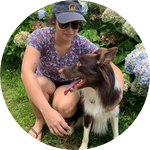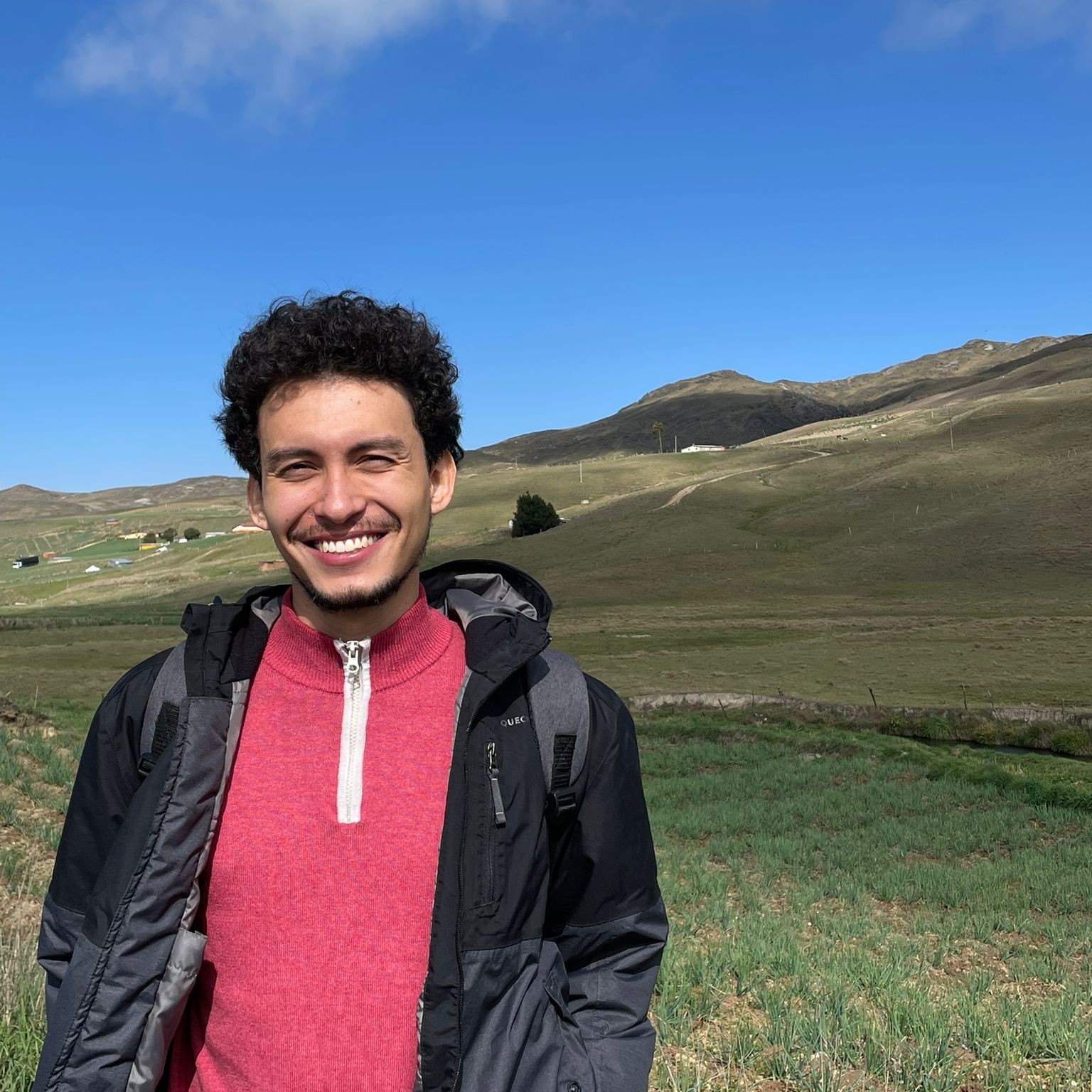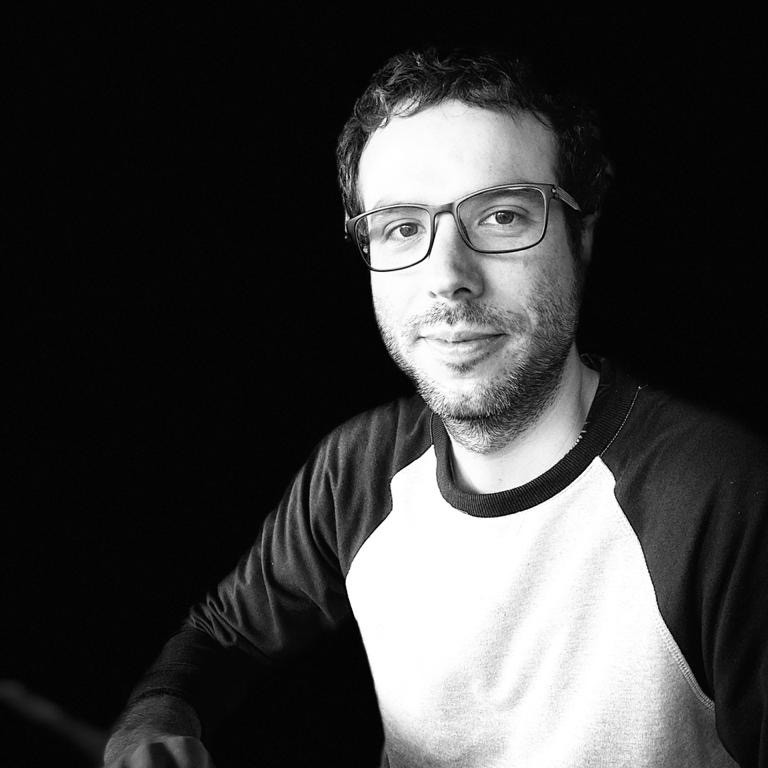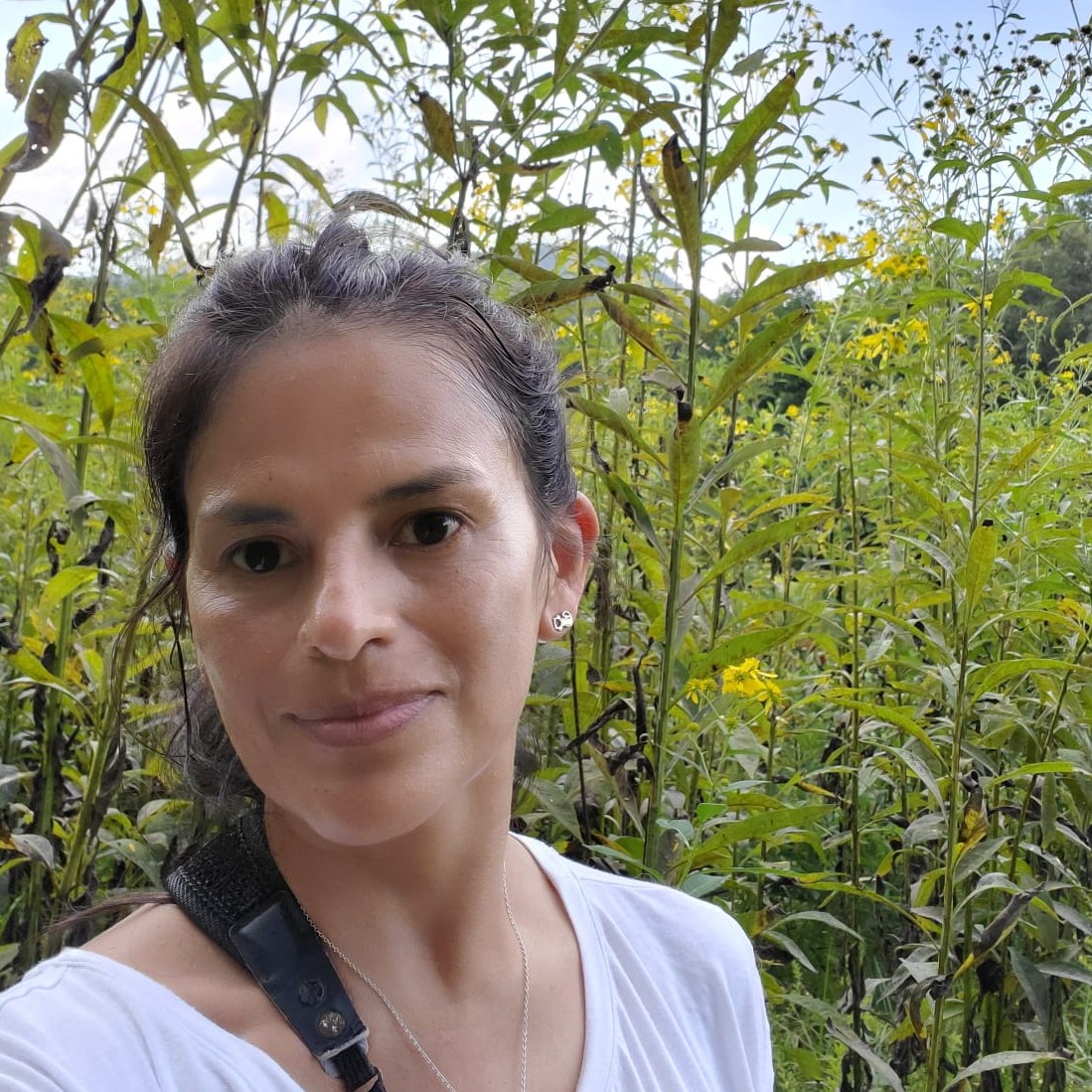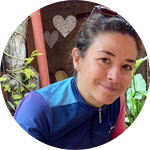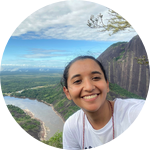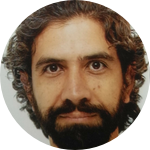Project Results
See our most recent lab note for results: https://experiment.com/u/oDaVb...
About This Project
Current passive acoustic monitoring datasets focus on single species, limiting their use for conservation and policy. We propose a collaboration between biologists and computer scientists to create a comprehensive benchmark covering various species and soundscape components. Standardized annotations, preprocessing, and baseline models will bridge this gap for a general ecosystem and animal population assessment system.
Ask the Scientists
Join The DiscussionWhat is the context of this research?
Biodiversity assessment presents an ongoing challenge for ecologists and conservation biologists, with increasing urgency due to habitat loss, particularly pronounced in megadiverse nations like Colombia. Passive acoustic monitoring offers a cost-effective means to study ecosystem health. However, there's a shortage of datasets, which are the building blocks of advancing in machine learning tasks, for developing and testing general machine learning systems for comprehensive ecosystem and animal population assessments.
What is the significance of this project?
This project aims to establish the first open-access, cross-taxa passive acoustic monitoring dataset, encompassing various soundscape components, including biotic and abiotic signals. Furthermore, it seeks to develop a benchmark for assessing general machine learning systems, both supervised and unsupervised, in the context of ecosystem and animal population monitoring. This benchmark is crucial for addressing environmental policy requirements, such as ecosystem health assessments. Additionally, the project holds the potential to deepen our understanding of the connections between species occurrence, soundscape components, and ecoacoustic indices.
What are the goals of the project?
The main goal of this project is to create a cross-taxa benchmark for monitoring wildlife populations and ecosystems. About specific goals, the first one is to establish an annotation protocol for a diverse range of species and soundscape components utilizing sonotypes. Subsequently, the second goal is to annotate the raw data and perform necessary preprocessing and curation to produce an accessible dataset. This dataset will include baseline models designed for supervised and unsupervised sonotype identification tasks, which is the third goal. The last goal is to prepare and submit a manuscript for presentation at a conference or publication in a journal.
Budget
The requested funds cover the salaries of a bioacoustic annotator and an entomology expert. These funds are essential for supporting standardized and high-quality data annotation. The outcomes of these efforts will feed into our machine-learning models and contribute to the creation of a publicly accessible dataset. It's important to note that the salaries of other team members, including researchers, machine learning engineers, and additional biology experts, are funded through separate projects and initiatives. Additionally, there are different funded projects that support our proposal as 1) conservation work in the area where data has been collected; 2) initial data collection using passive acoustic monitoring, and; 3) Computational resources for developing benchmarks.
Endorsed by
 Project Timeline
Project Timeline
Upon securing funding, our project will initiate the classification and organization of the extensive passive acoustic monitoring recordings collected over the years. A team of bioacoustic experts and engineers will collaborate to craft a comprehensive annotation protocol for identifying a diverse array of species and soundscape components. The data curation process will employ sonotypes, and expert oversight will ensure the construction of a precise and high-quality dataset.
Oct 17, 2023
Project Launched
Nov 13, 2023
Protocol design
Mar 15, 2024
Data Annotation and data curation with group experts
May 13, 2024
Data Preprocessing and Baseline Model Development analysis
Jul 20, 2024
Manuscript Preparation and Submission
Meet the Team
Affiliates
Affiliates
Team Bio
We are an interdisciplinary team who love to work on conservation problems using new technologies. We have been working on datasets for conservation, and we want to continue our journey with this new cross-taxa dataset. Our core team for this project is composed by:
Researcher | Area |
Maria Paula Toro | Herpetology |
Susana Rodríguez | Biology |
Juan Sebastián Ulloa | Machine learning |
Jose Luis Benavides | Entomology |
Paula Caycedo | Ornithology |
Juan Sebastián Cañas | Machine learning |
Juan Sebastián Cañas
Applied mathematician passionate about artificial intelligence for social impact and sustainability. My long-term goal is to learn, understand, and construct computational models to solve real-world problems in socio-ecological systems, biodiversity conservation, and climate change.
Juan Sebastián Ulloa
For the past seven years, I have delved into the study of acoustic diversity within neotropical forests. Through a unique blend of electronics engineering, music informatics, and ecology, I successfully earned my PhD in Life Sciences from the University Paris-Saclay in 2018. My research focused on identifying crucial patterns within the animal acoustic community of the lowland forest in French Guiana. Presently, I am engaged in collaborative work at the Humboldt Institute in Colombia, collaborating with researchers from Colombia, United States, France, Spain, and Brazil. In this role, I am merging the realms of acoustics and biogeography to anticipate and understand the potential impacts of climate change on tropical ecosystems.
Paula Caycedo
Biologist from the National University of Colombia; MSc. Ecology and Evolution from The University of Amsterdam (UvA). In the last 21 years, I have worked with different organizations as an ornithologist in the context of conservation biology, landscape ecology, and ecoacoustics.
Susana Rodriguez-Buritica
Biologist from the National University of Colombia; Ph.D. in Evolution, Ecology, and Organismal Biology, and Masters of Applied Statistics, both from The Ohio State University (OSU). For 18 years I have worked as a researcher at OSU, UC Berkeley, University of Arizona, or Fundación Biodiversa Colombia. At Humboldt, I lead the integration and strategic planning in the Socioecological and Global Change Center. I'm interested in data integration and analyses, the use of new technologies to improve biodiversity monitoring, and the science-decision-making interphase around natural resource management and ecological sustainability
María Paula Toro-Gómez
Biologist from Universidad del Quindío, Colombia, with a keen interest in the behavioral and evolutionary ecology of amphibians, focusing on animal communication and the impact of the environment on behavior and adaptation
Jose Luis Benavides Lopez
Agronomist from the University of Caldas, Colombia; PhD in Ecology and Evolution from the National History Museum-Paris (MNHN), MSc. Animal Biology from the Federal University of Vicosa (UFV) Brazil. For 13 years, Ive worked as an entomologist in the context of taxonomy, bioindication, conservation biology, and and actually I am working with bioacoustics and ecoacoustics of insects focus in Orthoptera group.
Project Backers
- 17Backers
- 100%Funded
- $10,040Total Donations
- $590.59Average Donation
